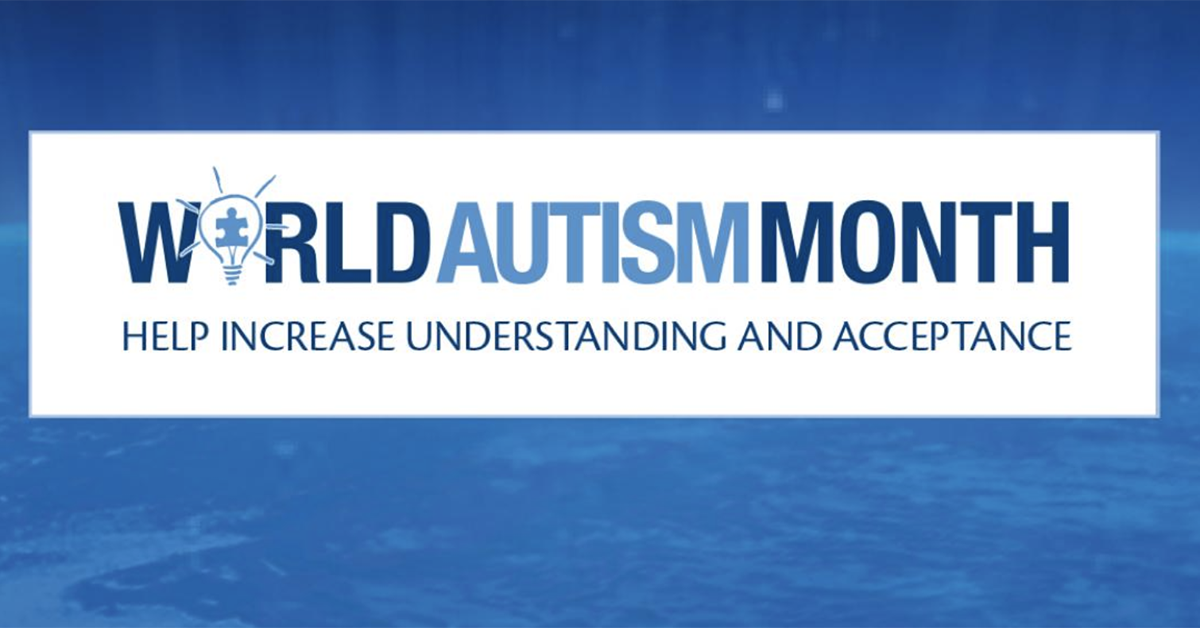
Every year when the month of April rolls around, the Autism Society works hard to gain awareness for autism. For almost 25 years, this nationwide effort has helped numerous people better understand autism as a diagnosis and ensure those who have autism spectrum disorder (ASD) are supported appropriately with the right levels of care.
According to the Centers for Disease Control in 2018, 1 in 59 children is diagnosed with an autism spectrum disorder. In spite of all the efforts to gain recognition for ASD, many do still misunderstand this disorder. In recognition of National Autism Awareness Month, here is a look at some of the more common curiosities people have about autism.
What Is Autism Spectrum Disorder?
In general terms, autism spectrum disorder is a type of developmental condition that affects things like the proper development of communication and behavior skills. Things like difficulty with communicating, repetitive behaviors, and problems with social interaction are general signs of autism. Symptoms of ASD can range in severity and in type, which is why autism is deemed a spectrum disorder. Those with ASD may fall anywhere on the scale at level one, two, or three, but even those with the same level of autism can have different types of symptoms or symptoms of different severities. Individuals with level one autism may need minimal support because their symptoms are milder. Someone with level two or three autism may need more therapy and support.
What Causes Autism?
To date, researchers have not yet determined precise causes for autism. There is some research that suggests genetic and environmental influences could be at least partly responsible. What we do know as far as risk factors are concerned is that:
· ASD is more common in children who have older parents
· Those who have siblings with ASD are more 14 times more likely to develop ASD
· Children born with a really low birth rate could be more at risk
· Particular genetic conditions, such as Down syndrome and Rett syndrome, are seemingly linked to ASD
Signs of Autism for Parents
Autism typically shows up before a child is two years old, and the sooner a child with ASD gets a diagnosis and starts receiving therapy, the more likely it will be that they lead a more functional life. So as a parent, it is a good decision to educate yourself about the signs and symptoms that can sometimes be pointed out early in a child's life. Some of the common signs of autism include:
· Lack of eye contact
· Not sharing an appreciation of actions or objects with others (e.g. pointing at or showing you a favorite toy.)
· Speech delays
· Repeating certain words or behaviors
· Sensitivity to noise, touch, light, or temperature
· Overly focusing on something like a moving object
· Verbal communication delays in social settings
Some infants and toddlers with ASD also experience sleep pattern issues and may seem more irritable or easily irritated. As a parent, it is best to discuss any suspected signs of ASD with your pediatrician who can help you monitor your child and achieve a proper diagnosis. Keep in mind also that some children with autism are incredibly gifted in things like art and creative endeavors, math, and science in spite of experiencing communication delays or other symptoms.
Meta Title
April Is Autism Awareness Month | What Is Autism?
Meta Description
The CDC says that 1 in 59 children are diagnosed with an autism spectrum disorder. Show your love and support during Autism Awareness April.

